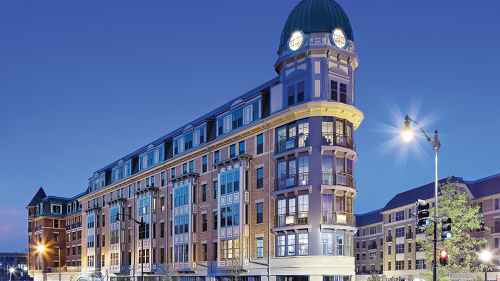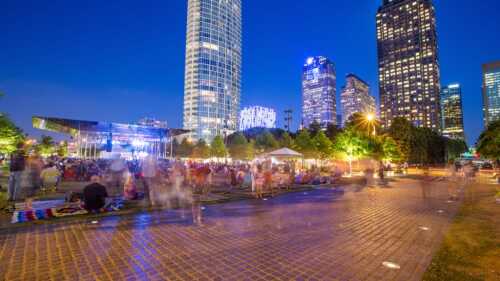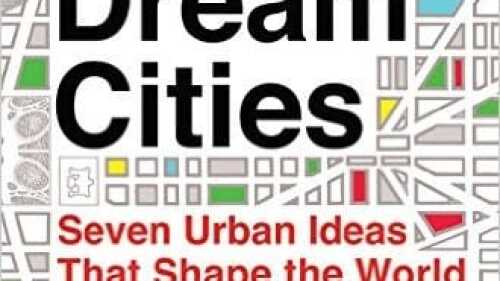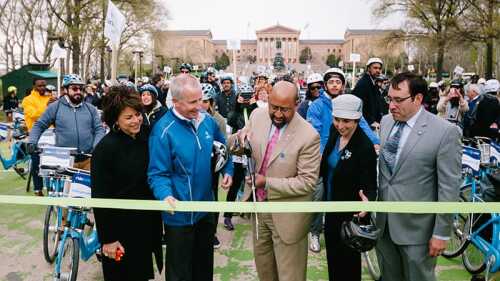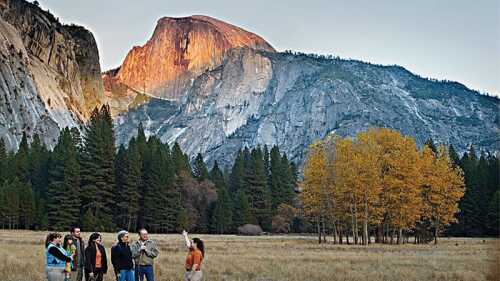Public Spaces
When art and cultural features take center stage in development, benefits accrue to the whole community.
Two ambitious park projects in Dallas tie neighborhoods together—and spurred a boom in nearby real estate values.
This is a book that educates, entertains, and astonishes. It is an effort that progresses along multiple paths of utopian impulse, while at the same time gushing forth with a bravado of egocentric, architectural hubris.
Minneapolis was rated the big American city with the best park system for the third straight year, according to the Trust for Public Land’s fifth annual ParkScore® index. Minneapolis edged out St. Paul for the top spot among the 100 largest U.S. cities. The Twin Cities tied for first last year.
Real estate developers around the world are responding to increased consumer interest in cycling and walking as preferred modes of transportation by building projects adjacent to trails, bike paths, bike-sharing stations, and other infrastructure that supports human-powered mobility, according to
Active Transportation and Real Estate: The Next Frontier, a new ULI report.
Active Transportation and Real Estate: The Next Frontier, a new ULI report.
Last year marked a 12 percent year-over-year increase in the total number of bicycles in sharing schemes around the world. China announced 60 new launches last year alone, also claiming the two largest fleets—78,000 bikes in Hangzhou and 40,000 in Beijing. Database expert Russell Meddin’s January 2016 tally counted 1.27 million total two-wheelers in almost 1,000 cities worldwide, roughly double the numbers recorded just five years ago.
After more than a decade of planning, Chicago this June opened the first section of the trail, now known as the 606. An elevated railroad right-of-way converted to a pedestrian greenway, the 606 is a multifunctional park system that also includes a bike path and five neighborhood parks on the ground level along its 2.7-mile (4.5 km) stretch.
Tourism is a critical factor in the U.S. and world economies. “The impacts of tourism on a community can be beneficial if planned and managed, or extremely damaging if left without controls,” says Michael Kelly, former chairman of the APA’s tourism planning division.
Declaring that the major parks in America’s largest cities are enjoying “a golden age,” the Trust for Public Land says that conservancies—the private bodies that work in close partnership with municipal agencies to aid urban parks—deserve part of the credit.
Soon to celebrate its centennial, San Francisco’s historic City Hall was recently awarded LEED Platinum certification for Existing Buildings: Operation & Maintenance (EBOM), the oldest building in the United States to achieve the USGBC’s highest rating.

